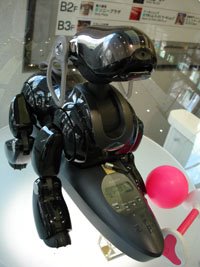 The new must-have high-tech gizmo is not a TV-MP3 cellular phone but a wifi rabbit. Nabaztag is designed by a French Company called Violet (violet.net). It look likes a 23-cm high white rabbit with moving ears, and a set of flash lights of different colors. Nabaztag can access the internet, and it can change its colors and move ears to signal changes in weather, car traffic or reception of emails. The product was launch in june 2005 at a retail price of 95 Euros. Its success was so important than the rabbit disappeared from stores until recently.
The new must-have high-tech gizmo is not a TV-MP3 cellular phone but a wifi rabbit. Nabaztag is designed by a French Company called Violet (violet.net). It look likes a 23-cm high white rabbit with moving ears, and a set of flash lights of different colors. Nabaztag can access the internet, and it can change its colors and move ears to signal changes in weather, car traffic or reception of emails. The product was launch in june 2005 at a retail price of 95 Euros. Its success was so important than the rabbit disappeared from stores until recently.This new approach of communicating objects based on a model of smart artificial creatures is very interesting from the usage point of view. Compared to its success, the design is surprisingly minimalistic: a very simple white and smooth form with two slowly moving ears. It recalls me the success of some other very simple creature designs: Barbapapa, Tamagotchi, Pikachu, etc.
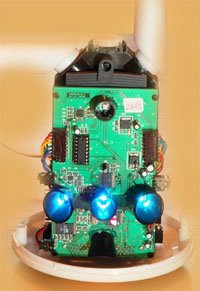
I think this is probably due to the fact this sort of design enables a large number of people to project on the creature what they want to find. Another explanation could be the unconscious memories of our very young life... Anyway, after discussing with some Nabaztag owners, there is a strong need to customize the creature in order to make it truly personal. Unfortunately, Violet has no offer for any customizing features (at this time) so users try to find another way by using socks, hats, ... I also don't agree with the fact that this interesting rabbit is the clear inverse of an open-system (even if there is a small API for programming applications). I think, on the contrary that Nabaztag users and the company itself would benefit from giving a free access to this technology in order to enable people to invent new usages that they have not even think about. From a technology point of view, the rabbit is based on a PIC18F 8-bit microcontroller and 8 Mbit of flash memory. The microchip controls all actuators, various LEDs and a PCMCIA Benq WIFI (B) card. Many people are trying to free the rabbit (nabaztools.sourceforge.net). Please Mr. Violet, help them…

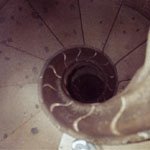
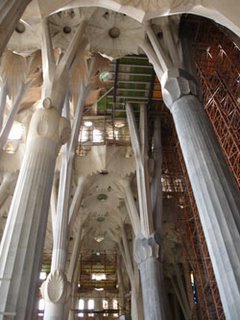


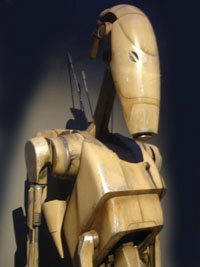
 « Sony as a whole will be focusing on three core business domains: electronics, games and entertainment, with an emphasis on profitability and strategic growth opportunities. In light of this focus, it has been decided to discontinue the AIBO business.
« Sony as a whole will be focusing on three core business domains: electronics, games and entertainment, with an emphasis on profitability and strategic growth opportunities. In light of this focus, it has been decided to discontinue the AIBO business. 